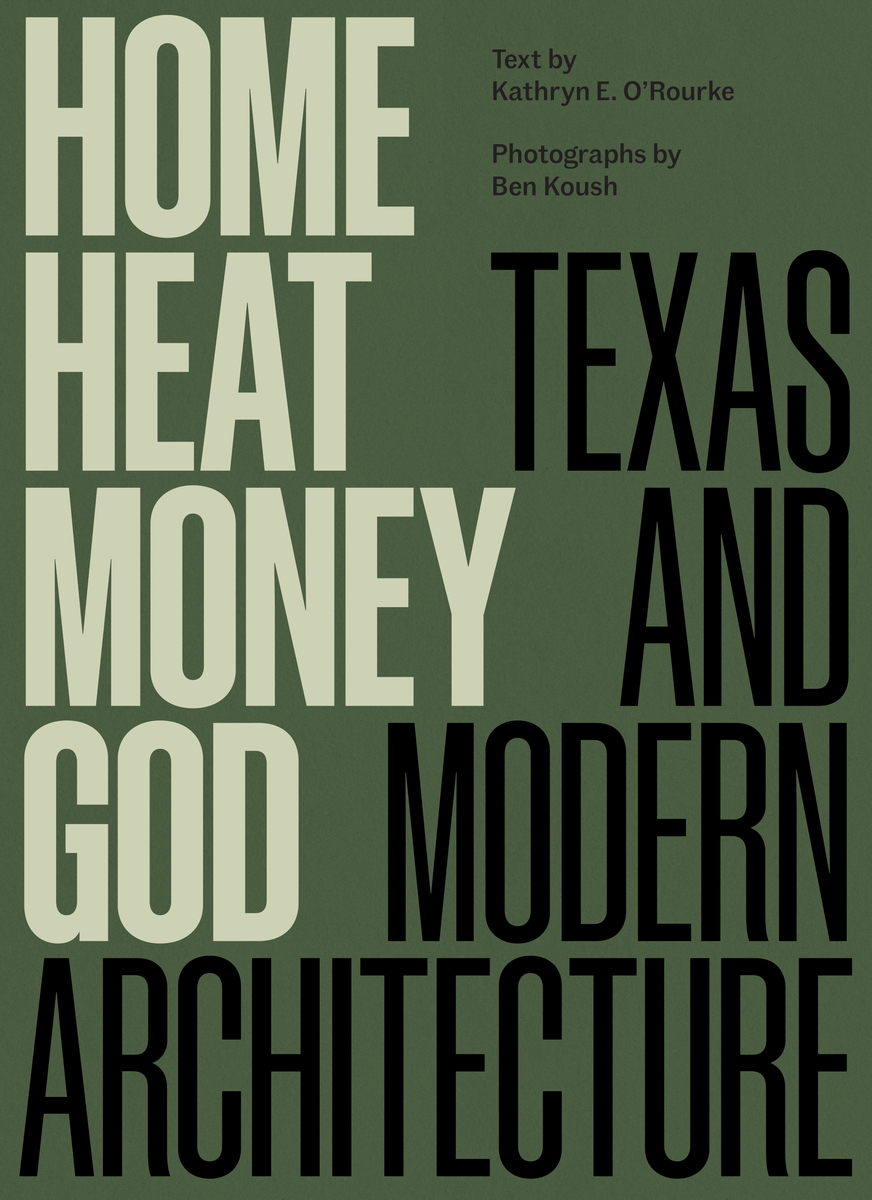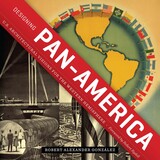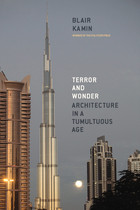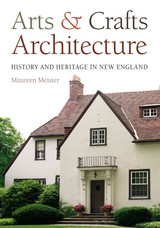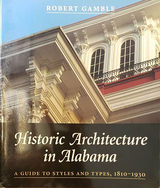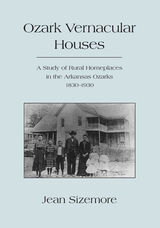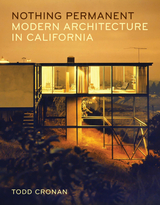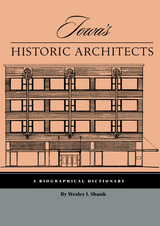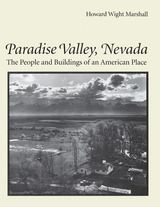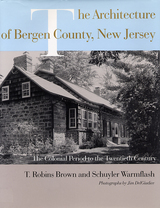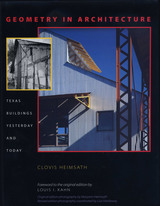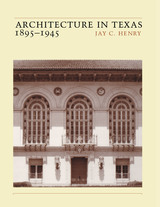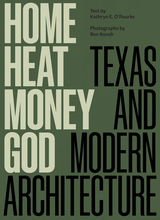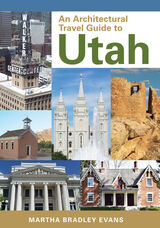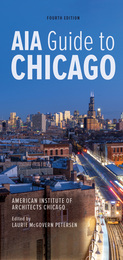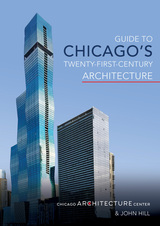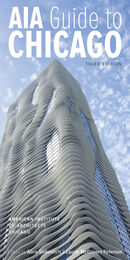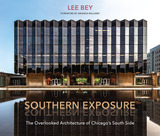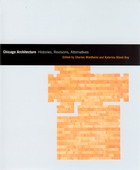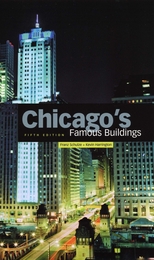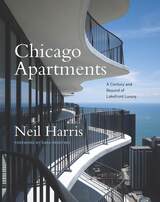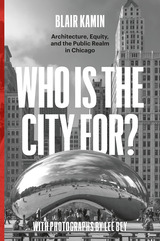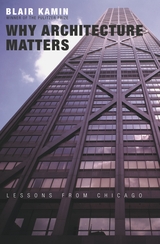Kathryn E. O’Rourke and Ben Koush have teamed up to produce a lively, provocative, sometimes irreverent look into what might be described as the long mid-twentieth century, using Texan buildings and places to frame their observations. Told with O’Rourke’s engaging insight, Koush’s acute eye, and Ian Searcy’s no-nonsense design, Home, Heat, Money, God: Texas and Modern Architecture will join such classics as John Bainbridge’s The Super-Americans (1961) and Joel Warren Barna’s The See-Through Years (1993) in its penetrating examination of Texan cultural ambitions, achievements, and flaws.
— Stephen Fox, fellow of the Anchorage Foundation of Texas, coeditor of Making Houston Modern: The Life and Architecture of Howard Barnstone
Ben Koush’s gorgeous photographs beautifully accompany Kathryn O’Rourke’s vibrant prose to tell the story of modern architecture in Texas. And what a story it is: while I’ve already tabbed innumerable buildings here that I absolutely want to visit, Home, Heat, Money, God is less a guidebook than an engrossing, revelatory tale. "Modernism in America" is typically associated with the northeast, California, or Florida, but that assumption has overlooked modernism’s important legacy in the Lone Star State. This book is a terrific account of Texas’s modern culture and the extraordinary buildings that reflect it.
— Sarah M. Whiting, Harvard University
I have a substantial library on the subject...and not one of those books might be considered definitive. Home, Heat, Money, God: Texas and Modern Architecture gets about as close as any. A chunky, colorful pleasure, it is the work of historian Kathryn E. O’Rourke, who provides the text, and the architect and critic Ben Koush, who supplies the photographs. . . . Many of the projects examined here will be familiar, but what makes the book so enjoyable (and an essential component of its argument) are those that are less so. Koush and O’Rourke have an admirable taste not just for the state’s conventionally “important” architecture but also for the vernacular and idiosyncratic.
— The Dallas Morning News
An expansive new book...tracks the cultural reach and style innovations of a state coming into its own...O’Rourke’s detailed history...and Koush’s photographs...weave together disparate threads of Texas design, with an eye toward materials, energy, climate and justice...Home, Heat, Money, God is both fittingly wide and surprisingly deep.
— Bloomberg CityLab
Ben’s photos provide an entrée into a different awareness of [Texas]—of cities and small towns, of neighborhoods and open highways, the worlds that locals and transients and tourists live and pass through...It’s a truly beautiful book—gorgeously printed, filled with stunning images of interesting buildings—with a fascinating text that provides deeper knowledge of the social and cultural forces shaping architecture there from the 1930s to the 1980s.
— Sighs & Whispers Newsletter
Smart, broadly readable, and beautifully produced...Koush’s photographs pull off a hard trick, capturing essential qualities of each building’s presence while mostly avoiding canonical framings...The book is particularly endearing in bringing to light the obscure...O’Rourke is able to clarify how most of the architecture supports a primary sociocultural narrative: that a happy unity in modernity favors an existing social and political power hierarchy. In so doing, O’Rourke brings to light many suppressed Texas narratives: of funding priorities that favored the powerful; of neighborhoods cleared and demolished; of local, racial, and social histories and identities suppressed.
— Places Journal
Home, Heat, Money, God is crisp and meaningful, endearing and reflective, sobering and superb. O’Rourke’s writing is grounded in sharp analytical commentary of the built environment and the forces behind its construction...As many buildings throughout the state become outdated, fall into disrepair, and are threatened with demolition by local municipalities, O’Rourke and Koush’s contribution cements the architectural, historical, and contextual importance of modernist designs within the state...[It] deepened my connection to these buildings and their histories, and will no doubt spark similar introspection amongst fellow Texas-centric designers...[This] magnificent book...is a rich chronicle and call to save modernism in Texas.
— Texas Architect
